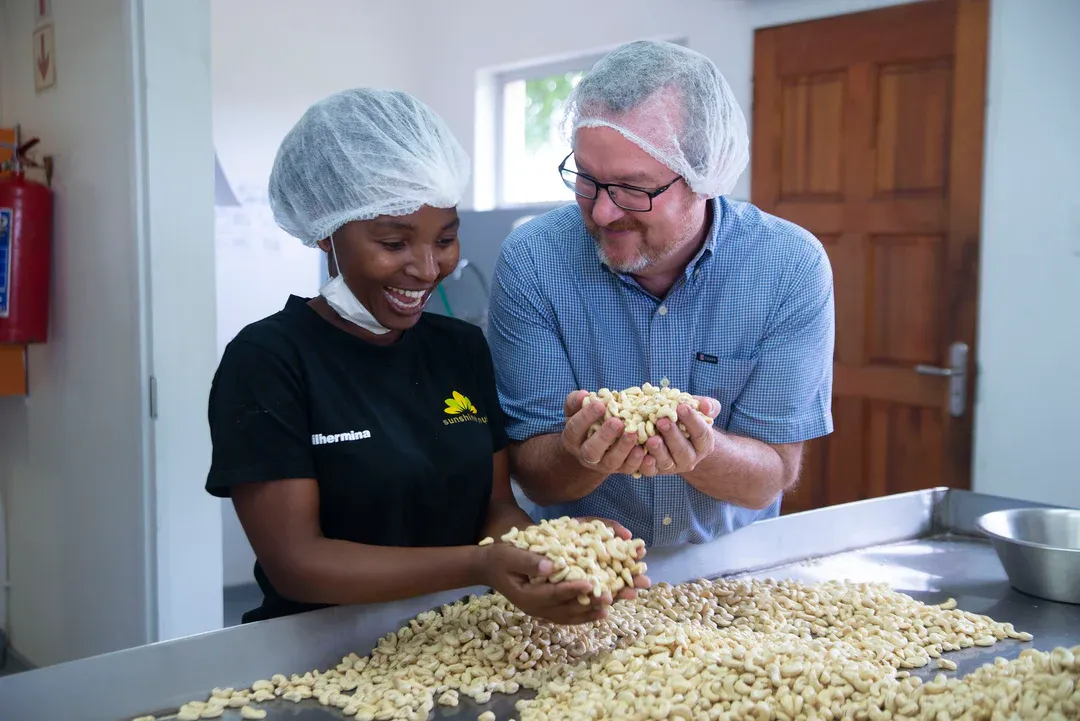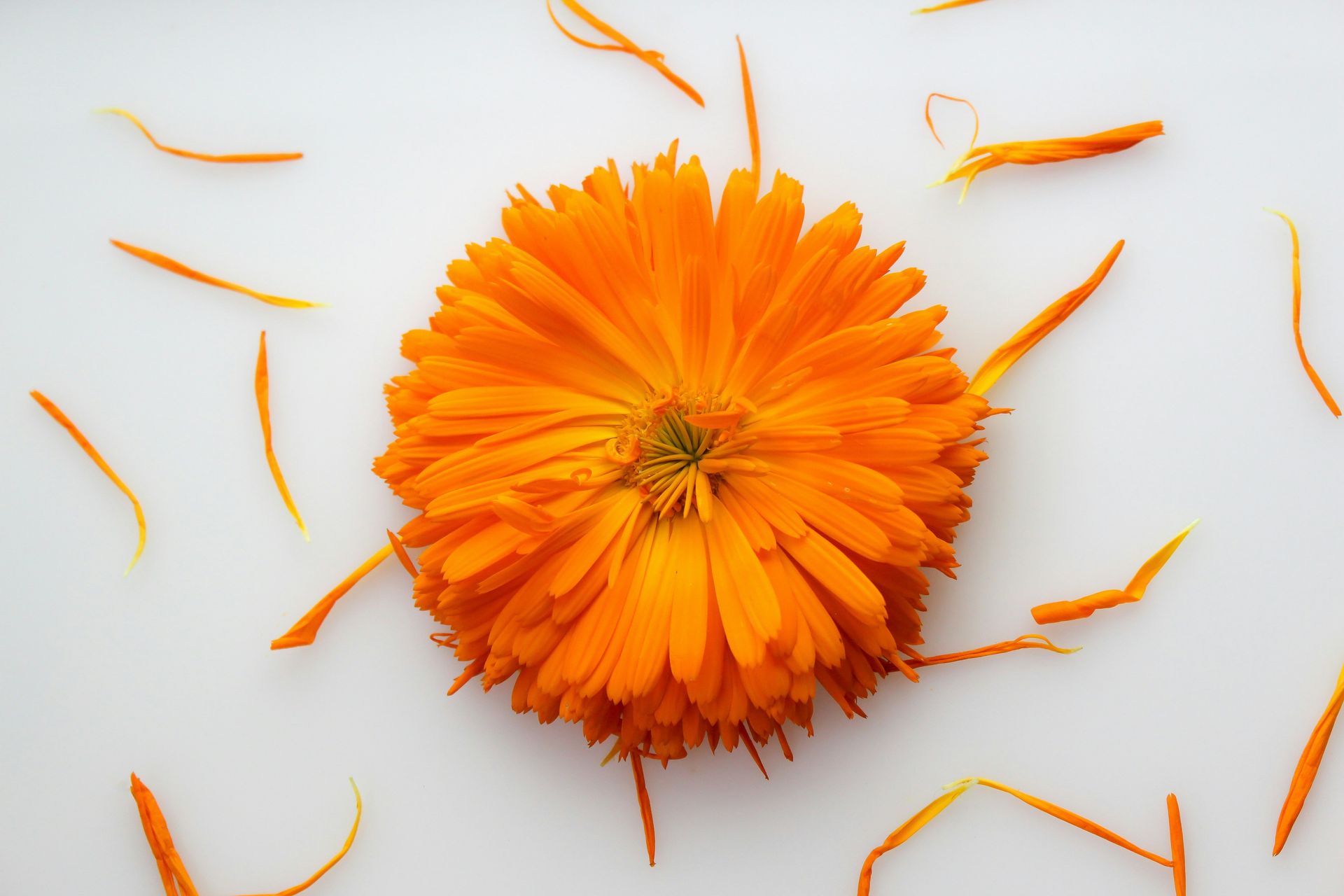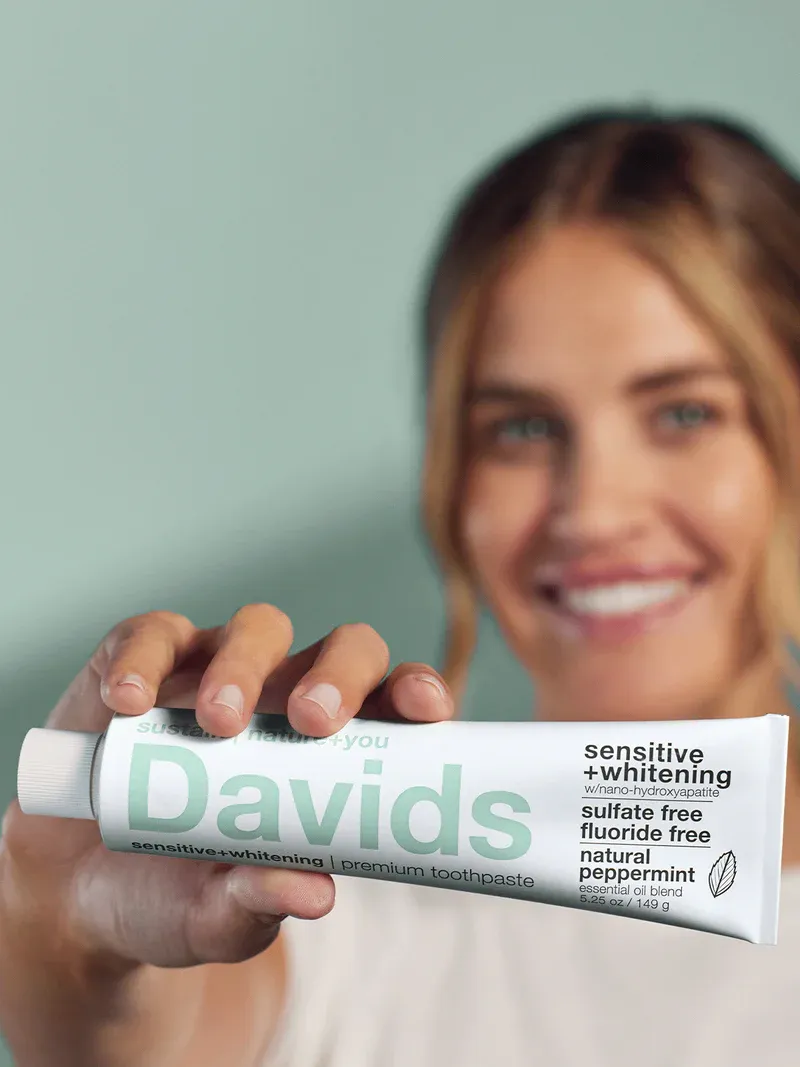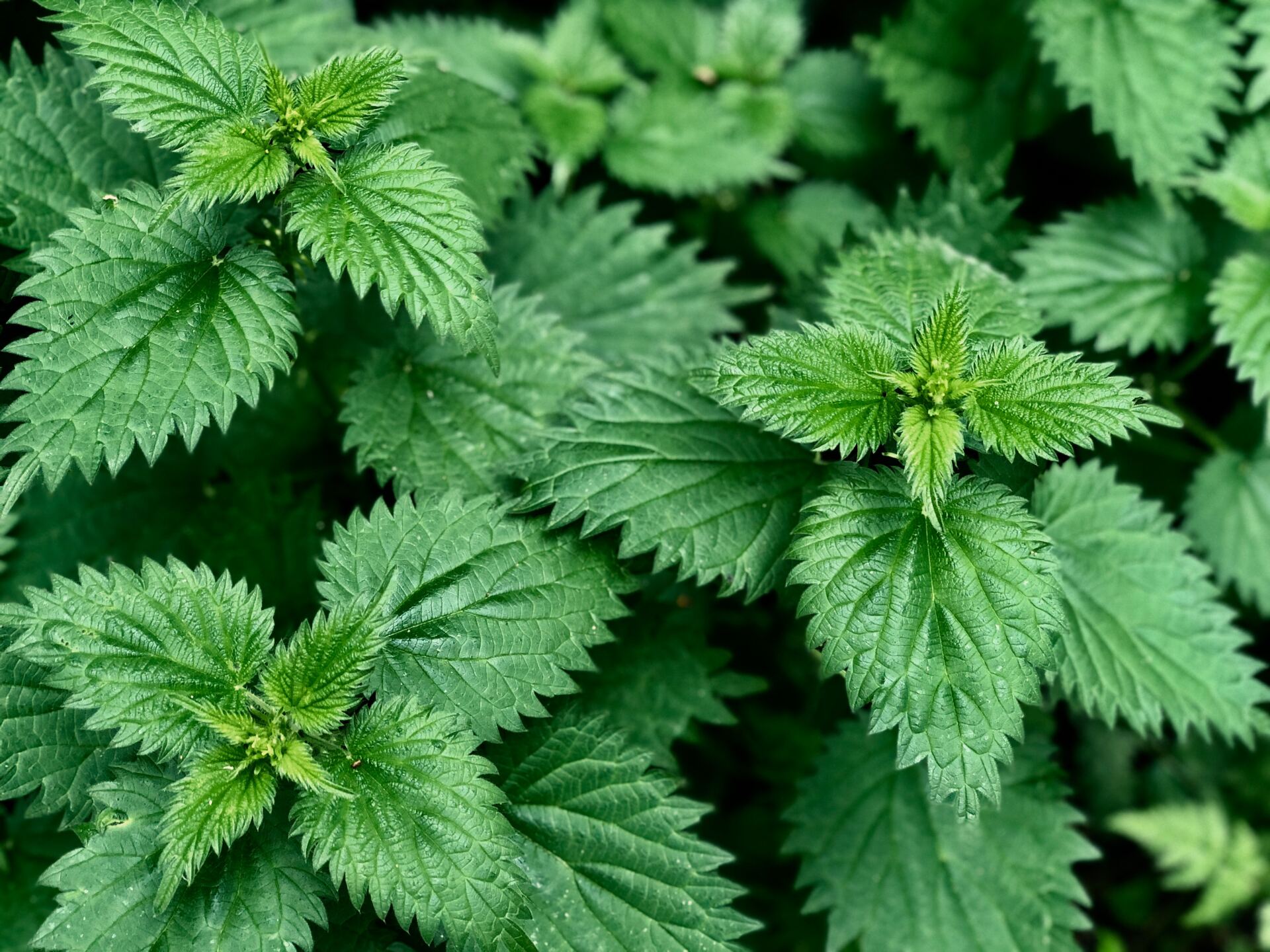








Animal lovers know that sharing life with an animal companion is beneficial for well-being and health. However, when animals are distressed and we don’t know what they need, we worry, and that can impact the quality of our own lives. Having a reciprocal, bonded, growing relationship with animals is important for the health, well-being and peace of mind of everyone in the home. Animal communication can help with this.
As an animal communicator, I would love to share some simple tips.
Be Present and Calm
With everything that has been going on, being calm and present in the moment is that much more important for building a harmonious home life with your animals. When animals are stressed and acting out, they need your support. It is your job as the animal parent to intervene when they are too wound up to calm themselves.
Practicing presence cultivates the inner observer and a state of detachment. This helps in staying separate when your animal is stressed. When you practice presence, you model calm for animals and can witness and regard them in their process without engaging and amplifying the situation. This is powerfully healing for your animals.
Being the calm in the storm for your animals builds trust.
Let Them Know
Animals experience life through their senses. Use your sense imagery to send them pictures, sensations, feelings. Often when you talk, you have pictures in our head and that’s what animals are picking up. So keep talking, but also send those sense-laden messages.
It’s very important to let your animals know about any changes in routine. Let them know in advance:









Please give us a call for today’s deli hours as they can vary due to staffing.
Grab and go options are always available until close.
FEDERAL WAY
Monday-Saturday: 8 am - 8 pm
Sunday: 9 am - 7 pm
Please call for current deli counter service hours. Grab and go options available until closing.
2565 S. Gateway Center Place
Federal Way, WA 98003
TACOMA
Monday-Saturday: 8 am - 8 pm
Sunday: 9 am - 7 pm
Please call for current deli counter service hours. Grab and go options available until closing.
2951 S. 38th Street
Tacoma, WA 98409